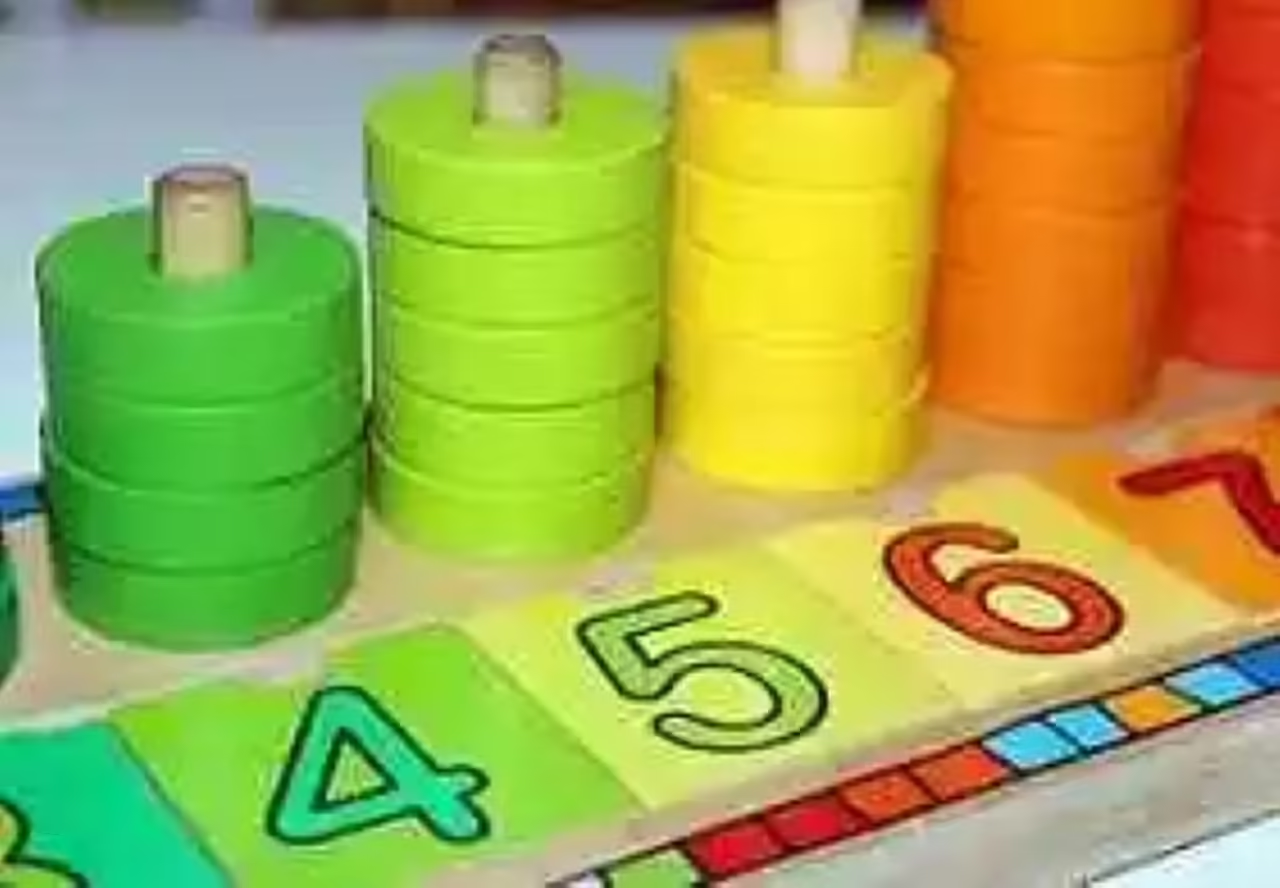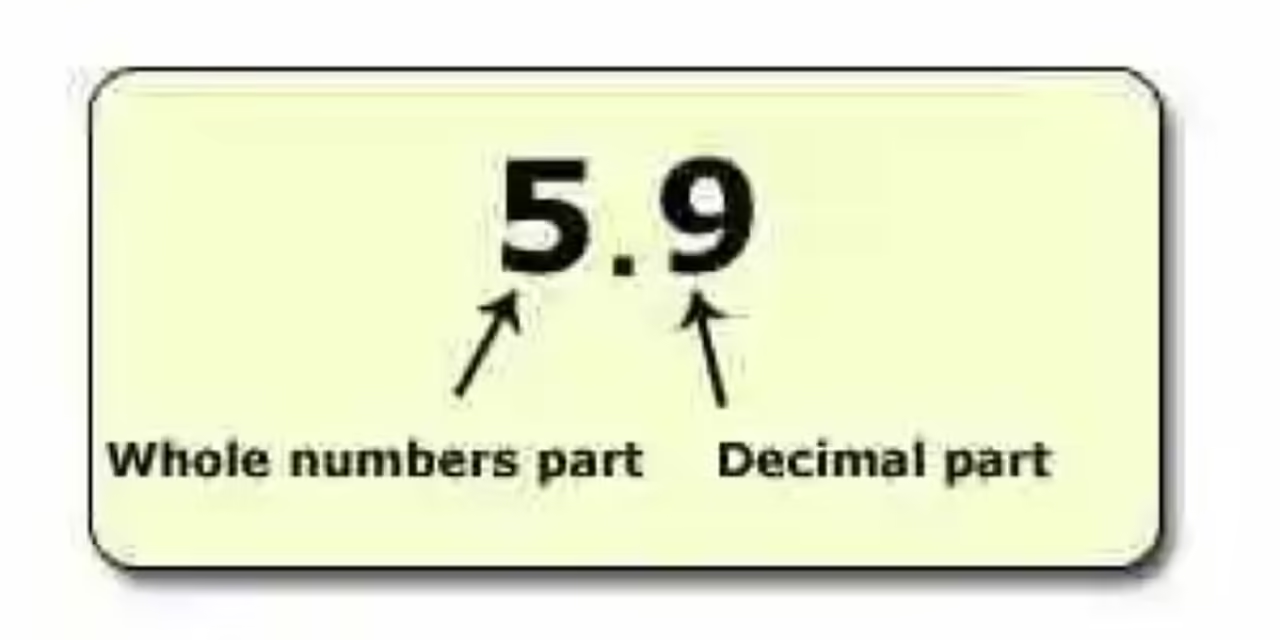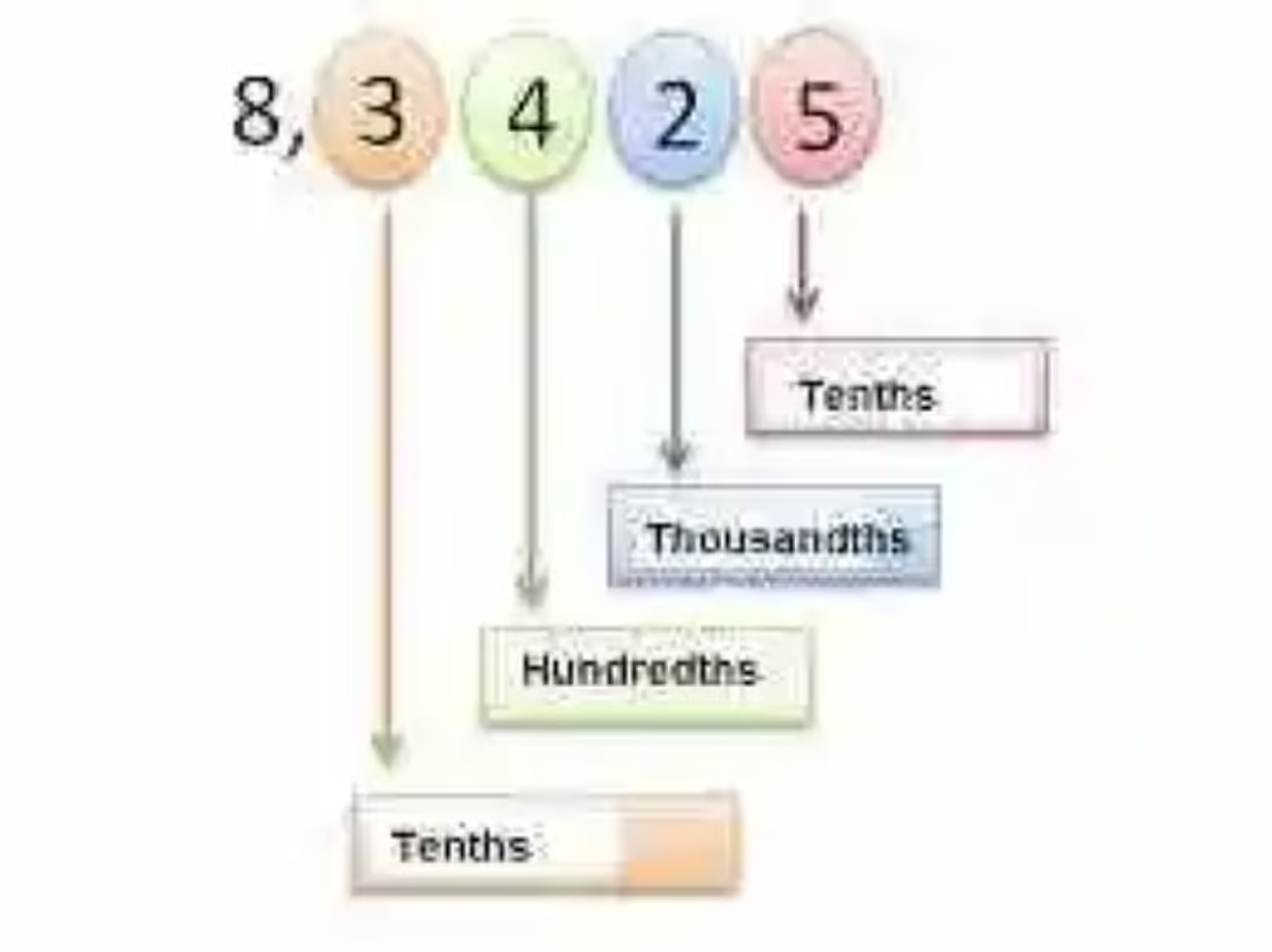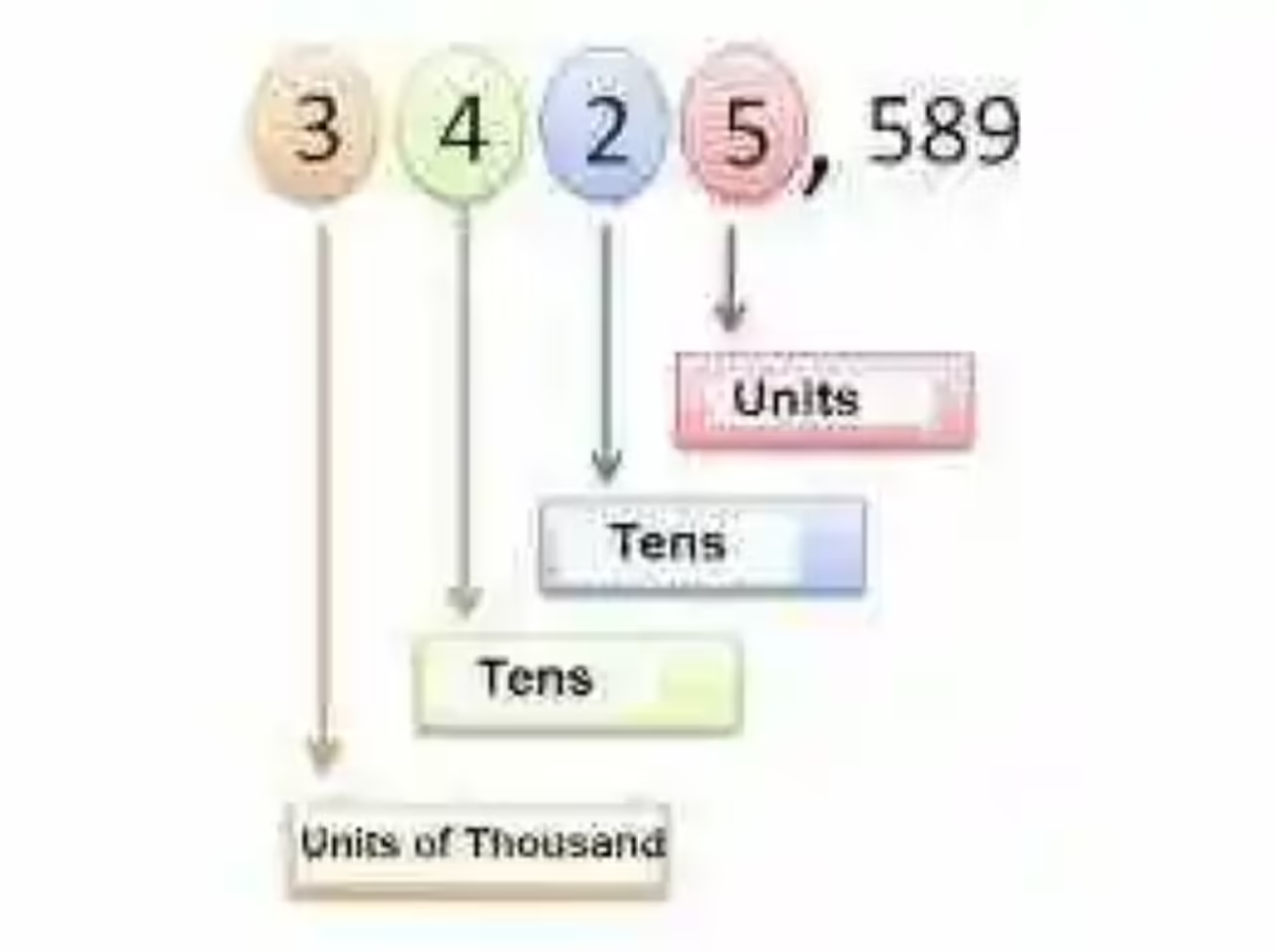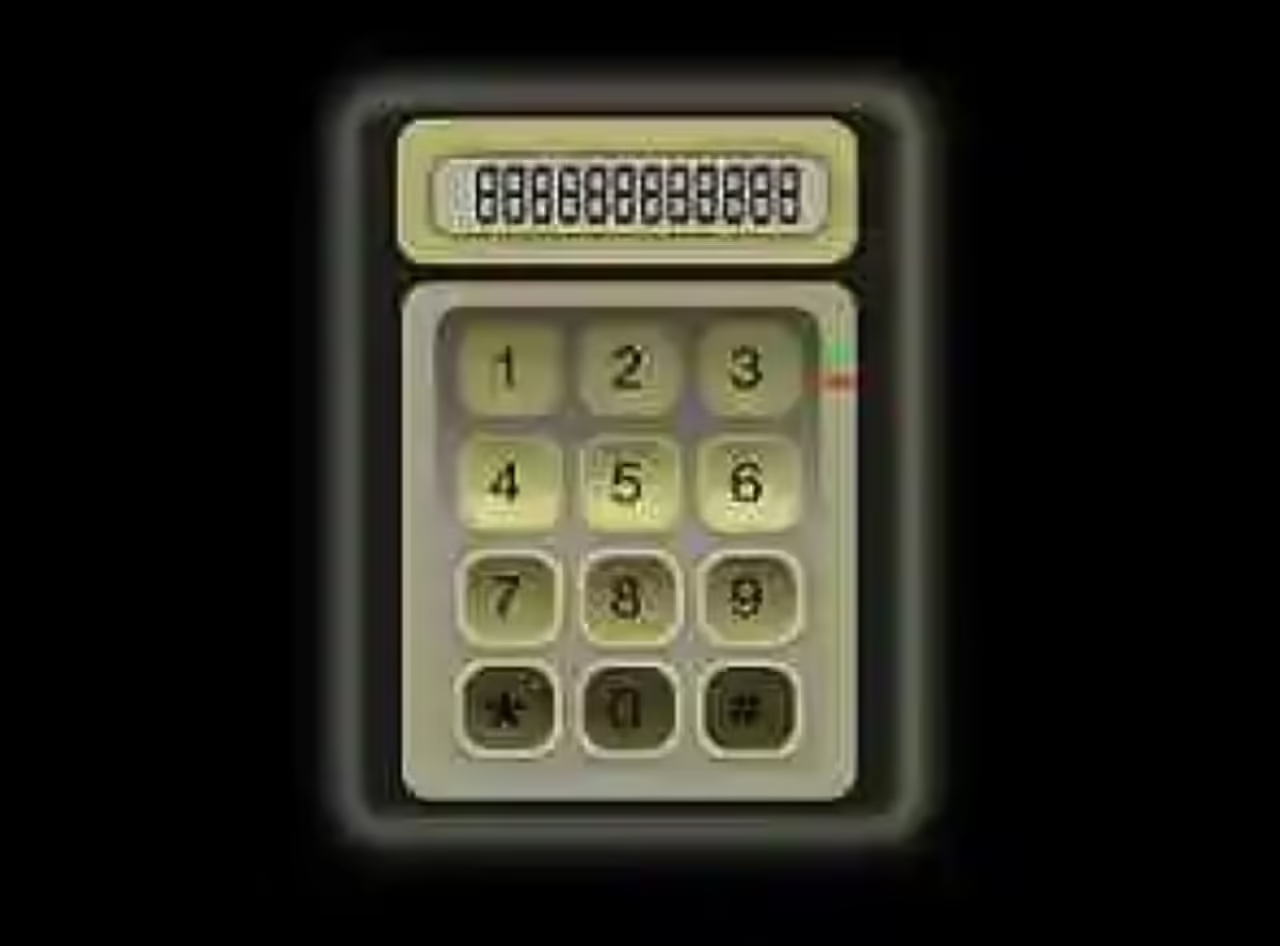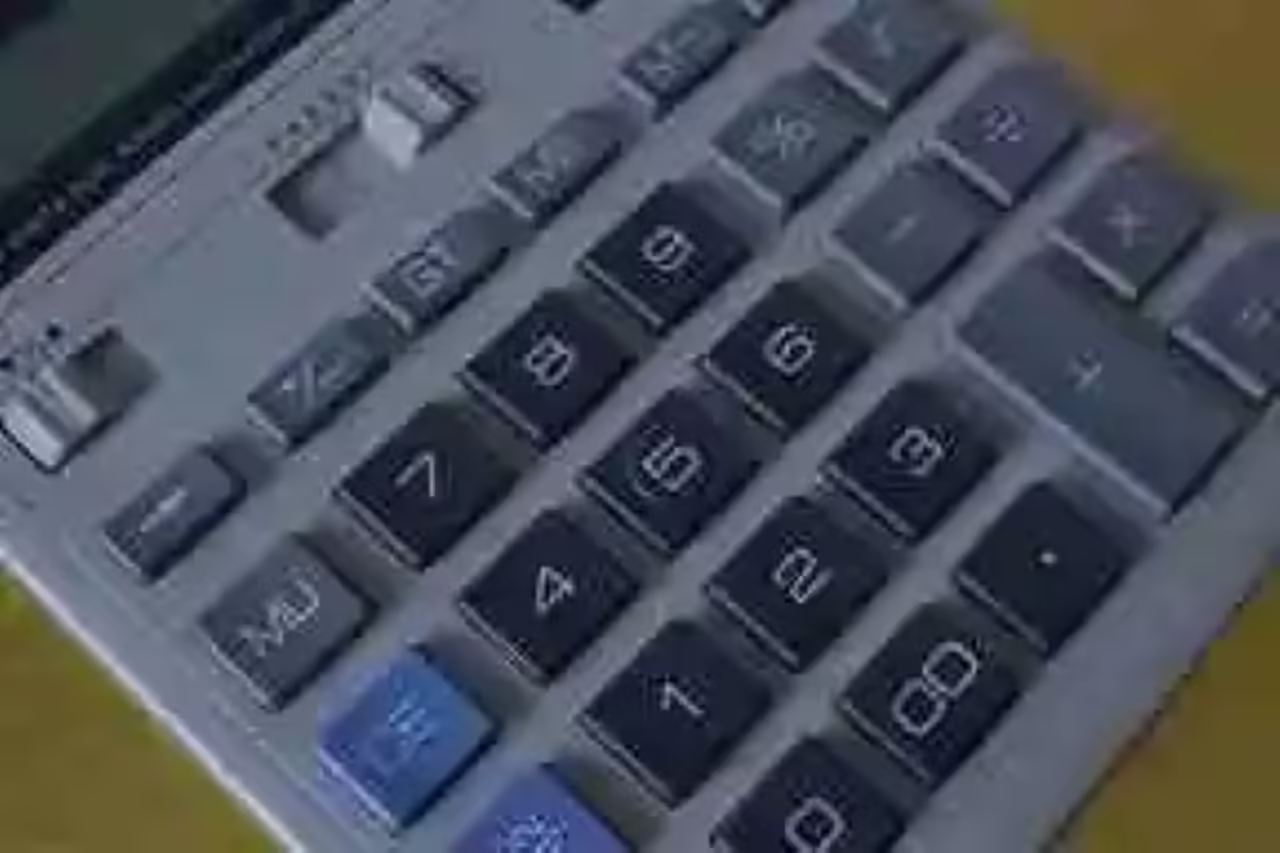Perhaps the most convenient thing, before approaching an explanation on the definition given by Mathematics on the limited Decimal Numbers, is to revise the concept of Decimal Numbers itself, which will allow us to understand this type of numbers in their precise context.
Decimal numbers
In this sense, it can be said that decimal numbers are understood by the different mathematical sources as a type of number, through which expression is given to rational and irrational numbers, that is, both to the quotient of two integers and to those numbers, which due to the infinity of their decimals cannot be expressed in the form of a fraction.
Likewise, the mathematical discipline indicates that the decimal numbers will be composed without exception by two parts: the first of them, conformed by an integer, which can be positive, negative or even zero; on the other hand, the second part of the number will be constituted by a decimal, a number less than the unit, and understood between this and the zero. These two types of numbers will be joined -or separated- by a comma, even if in some mathematical traditions the use of the point is accepted.
Parts that make up a decimal
However, each of the parts that make up a decimal number – that is, its entire part and decimal part – receive from mathematics its own denomination, as well as a description of the elements that make them up, as can be seen below:
Units: first of all, the units will be found, composed by the whole number, which will always be annotated to the left of the comma. Belonging to the decimal system, where each element of the number has value according to the position it occupies, the units may be composed by several positions or elements: units, tens, hundreds, thousandths, units of a thousand, tens of a thousand, hundreds of a thousand, among others.
Incomplete units: in the second instance, and to the right of the comma, the incomplete units will be found, considered the decimal part, and constituted by a number that in the Numeric Line is located between 0 and 1. Likewise, the units -whose elements will also have a positional value, since they belong to the decimal system- will be conformed in turn by the tenths, hundredths, thousandths, ten-thousandths, etc.
Limited decimal numbers
Bearing in mind each of these notions, it is perhaps much easier to approach the definition of Limited Decimal Numbers, which will be one of the two types of decimal numbers that exist, and which can be understood as those -which, unlike their opposites, unlimited decimal numbers- as well as having an integer part, have finite incomplete units, that is, a number whose decimal part is finite or limited.
Examples of limited decimal numbers
However, perhaps the most efficient way to complete an explanation about the limited decimal numbers is to give some examples that allow us to see in a practical way how these numbers have an entire part and another decimal, characterized especially by being made up of a limited number of elements. Here are some of them:
3,75
2,145
1,28
0,2
7,20
10,25
2456,34
45,6
-3,24
Image: pixabay.com
